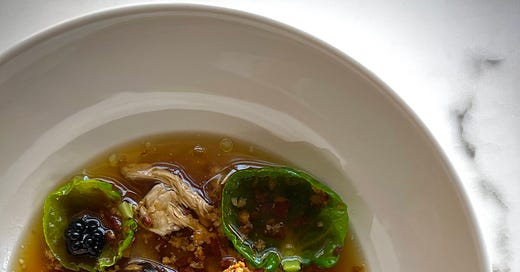And so I left you at the end of last week with a cliffhanger.
Now I feel responsible for all of your bitten nails, so shall continue.
Like an episode of a tense cookery show with fretful music, panicky hosts and a recipe left hanging.
Keep reading with a 7-day free trial
Subscribe to A Private Chef to keep reading this post and get 7 days of free access to the full post archives.



